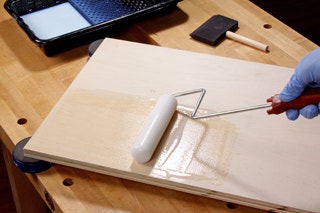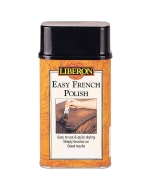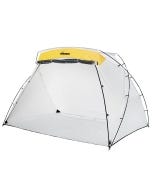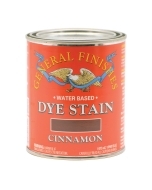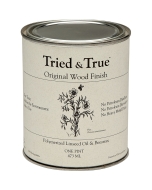How to Finish Large Surfaces without Spraying?
Almost all articles I've read feature either hand-applied finishes for small or medium-size projects (including larger projects that can be finished a portion at a time) or spraying for large surfaces. My shop has no spray booth (due to local restriction and environmental considerations), so my question is: what are the best methods for applying hand finishes, especially waterborne products, to large surfaces such as a conference table or oversize vertical panels? Typical finishing advice such as "take long, even strokes" or "wipe quickly and evenly" seems nearly laughable when finishing very large surfaces with dye stains or quick-drying finishes. Even with extenders added to the finish product, the process of coating a large surface without leaving lap marks, uneven coats, or "over-brushing" flaws is a race against time - both a foot race and a test of nerves. What techniques work best in low-VOC, no-spray finishing of large, continuous surfaces? - Dick Yanikoski
Chris Marshall: I actually haven't had a great deal of trouble applying water-based dye stain to larger surfaces, but the trick really has been to flood the surface and wipe it off before it dries. I suspect I haven't run into more problems because it sounds like you are dealing with some enormous surface area, and I wasn't. But if spraying it isn't an option in your case, then flooding it on and wiping it off could be your only reasonable choice. In terms of topcoats, I've had really good luck applying water-based varnish to broad surfaces with a foam roller (the same "no-nap" type you'd use for contact cement). There was some evidence of overlap and little bubbles appearing in the wet finish, but I blended that in with a foam brush by just tipping off the surface, and the results were quite good. (Other readers commented on having done this same thing themselves.) I knocked off the nibs between coats and leveled the surface with fine sandpaper, just as you'd do with other finishes. The surfaces turned out smooth and blemish-free. But again, I was working on average-size plywood project parts - not the large, uninterrupted surfaces as you are facing. Still, you might try it as an experiment to see if it works for your applications.
Tim Inman: You're right on target: doing big pieces - whether by spray or by hand - is a race against time, and a test of nerves. I remember French polishing an 18-foot long conference table top on-site at a bank. We had big linen/wool rubbers in both hands, and we looked like athletes practicing for the Olympic speed skating championships: sweat pouring from brow, pain in shoulder muscles...
Among the things that sort out professional finishers from others is our knowledge and ability to know and control our materials. Selecting the slower drying products for a huge project is one example. Knowing what solvents to add to retard the drying time (and increase the working time!) is another example. I discuss these kinds of issues in my book, The Art of Classical Furniture Finishing. Water-based materials are just not very forgiving. They dry on their own time, and they like to foam. Working fast with them is a super challenge. They do not like to be overbrushed! I'll spare you the chemical reasons for why that is true, but trust me, overbrushing can end up with disaster. Low(er) VOC solvent-based materials would be a better choice for a huge object. Break it into panels or sections which can be handled at one time if you can. Be prepared to sweat - both from fatigue and from stress. Then be prepared to glow a little when you're done - bask in your good works and beautiful project. If it was easy, they'd all be doing it!
Keep the inspiration coming!
Subscribe to our newsletter for more woodworking tips and tricks
